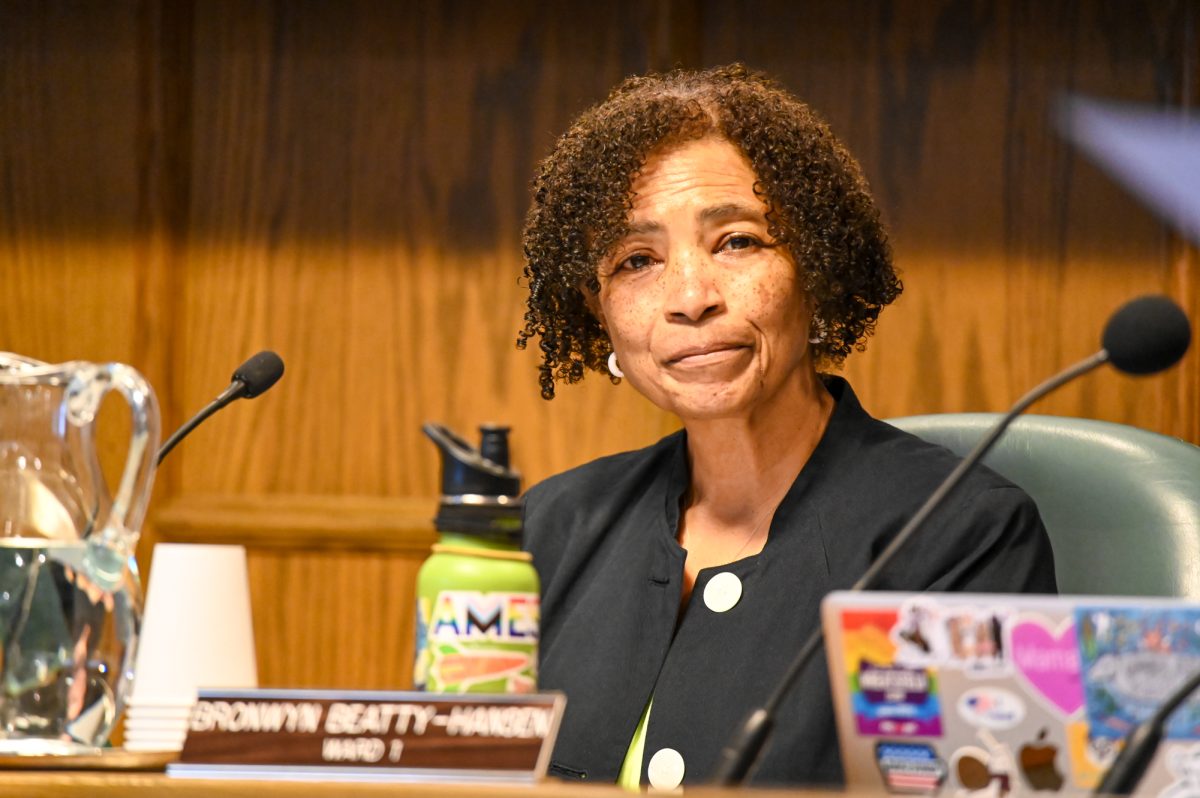Space at premium as university cemetery approaches capacity
September 26, 2002
Nestled in the Pammel Woods on the northern part of campus lies the Iowa State University Cemetery. For more than 125 years it has been the final resting place of many distinguished ISU professors, administrators and presidents.
The 1.7 acre cemetery, which first appeared in university records in 1875, is starting to reach its maximum capacity.
Concerns regarding space limitations have arisen as employees hired during a boom following World War II begin to age.
There are about 70 cremation plots and a dozen full burial plots left on the grounds, said Chad Deike, landscape designer for Facilities Planning and Management.
“[There’s] obviously a problem because of the few burial plots left,” he said, though he is not sure whether it is one of the university’s specific concerns.
The plot of land, which overlooks Clear Creek, was probably chosen because of the “nice peaceful area around Pammel Woods,” said Betty Licht, secretary with the ISU Retirement Office.
Familiar names can be found on headstones at the cemetery, such as Margaret Sloss, Raymond Pearson and James Hilton.
Strict regulations dictate who is eligible to be buried on the grounds.
The deceased must have served the university for at least 20 years and attained a rank of tenured assistant professor or higher.
Spouses of deceased and unmarried children who have not established a home of their own are also eligible. There are few exceptions to this rule. Two students are buried, as well as a night watchman and his dog. They were buried before eligibility requirements were established in 1907, Licht said.
Currently, there are more than 700 graves, but since the land has not been expanded since an addition on the west end of the cemetery in 1936, plots are running out.
There has been discussion concerning the allocation of land, Deike said.
The ISU Retirees Committee takes care of most of the issues concerning the cemetery. Final decisions are usually made by upper administration, particularly the Office of Business and Finance.
Cathy Brown, campus planner with Facilities Planning and Management, said the university has three options.
It can expand the cemetery, close it, or change the requirements for burial. Expansion could be difficult, because Pammel Drive is on the south side of the cemetery and the Pammel Woods are too steep for burial. Expanding the cemetery east, towards the communication building, would be the best option.
The problem of fewer plots is “due to the land although [the university] recognizes that more people are eligible [for burial] because of the hiring surge and we anticipate more interest because [of that] hiring surge,” Brown said.






